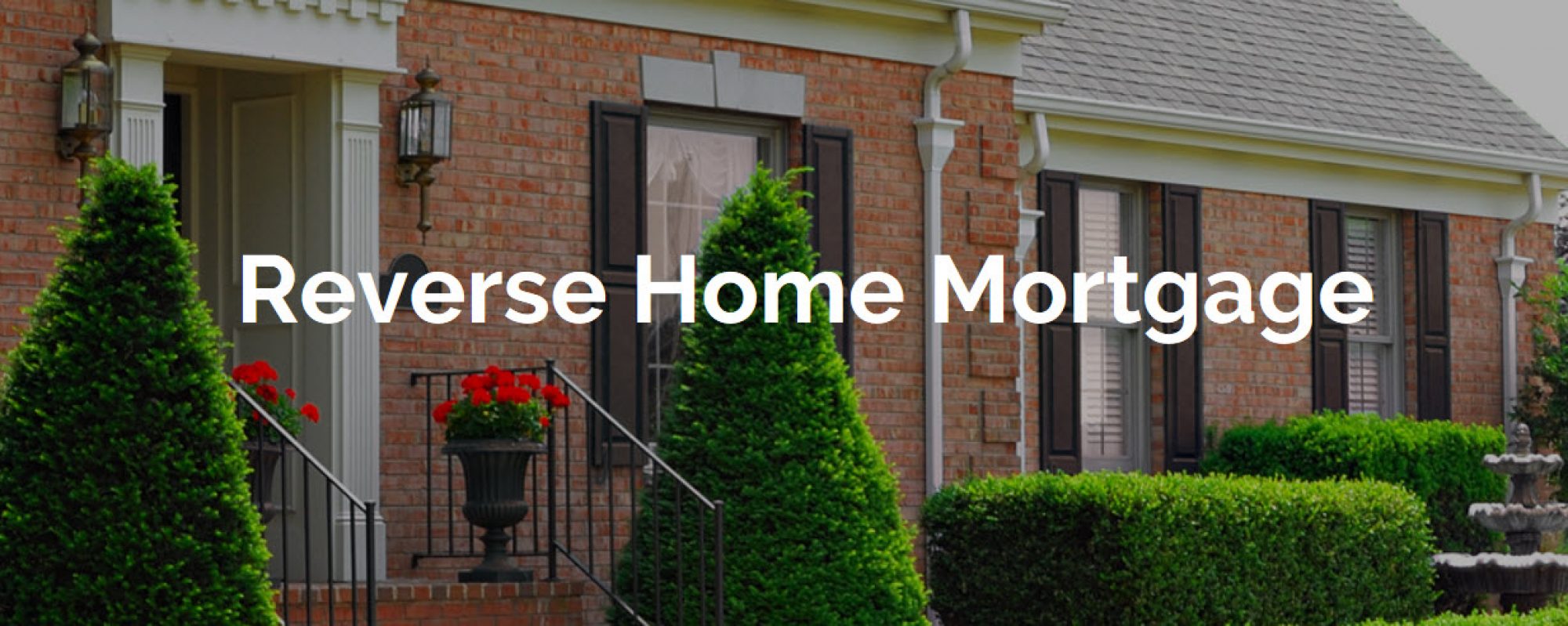Laurie Denker MacNaughton [NMLS# 506562]
I don’t know why, but certain words just sound funny: “chubby,” “flop,” “kerfuffle,” “spork.” Ok, so I concede spork may be marginal in its usage.
Add to this funny-sounding list “NORC,” a term I hear with increasing frequency.
NORC is an acronym, and stands for “naturally occurring retirement community.” And chances are high this funny-sounding term is going to become an increasingly important part of each of our vocabularies.
So what the heck is a NORC?
A naturally occurring retirement community – NORC – is a neighborhood that was not actually built as a retirement community. Through the years, as residents have remained in their homes, the community has aged and now is home to an older population. NORCs harken back to the hometown, shtetl, village, or tribe that dominated most of human history, where the needs of the individual were accepted as the responsibility of the community.
To see an example of a NORC many need look no farther than their parents’ community. I myself am just back from visiting my widowed mother in Tucson. In her small neighborhood of a couple dozen homes, only a handful has changed ownership since I was a child. All the other homes still have names I know well on the mailboxes, and the neighborhood which once was home to growing families is now home to a close-knit community of retirees.
Some NORCs affiliate with the national Village to Village Network, known as the “The Village Movement.” These neighborhoods embrace a volunteer-driven approach in providing services to help senior neighbors remain independent as long as possible in the community they love. Villages are membership-driven, and members receive services provided by neighborhood volunteers. Among services typically provided are educational and cultural programs both within and outside the immediate community, transportation to shopping and medical appointments, and help with minor household repairs.
Not all NORCs are officially organized and affiliated, however, and some NORCs evolve over time as needs of the neighborhood continue to change.
Overwhelmingly, most homeowners desire to continue living in their own home, so the NORC model likely will become more important in the years to come. Economics also play in its favor, as a high density population of seniors makes delivery of services more efficient.
Reverse mortgage fits well into the NORC model, as it can make available monies to fund Americans’ ever-increasing longevity. Reverse mortgage is a home equity loan repaid when the last homeowner permanently leaves the home. After the loan is repaid, all remaining home equity goes to the senior, or to the heirs or estate. Reverse mortgage will never be the full solution to financial needs in retirement, but when used as part of a comprehensive financial plan, it can be an important piece of retirement funding.
As the American population ages, seniors’ skills and experience increasingly are viewed as a valuable community asset. And one way of preserving this asset is supporting strategies for successful aging in place – including the model with the funny-sounding name of NORC.
Give me a call and let’s chat – I always love hearing your stories.
Laurie
Laurie MacNaughton [NMLS# 506562] ∙ Reverse Mortgage Consultant, President’s Club ∙ Middleburg Mortgage, a Division of Middleburg Bank ∙ 20937 Ashburn Road ∙ Ashburn, VA 20147 ∙ 703-477-1183 Direct ∙ LMacNaughton@MiddleburgBank.com ∙ www.MiddleburgReverse.com
Visit me on the Web at: middleburgreverselady.com

